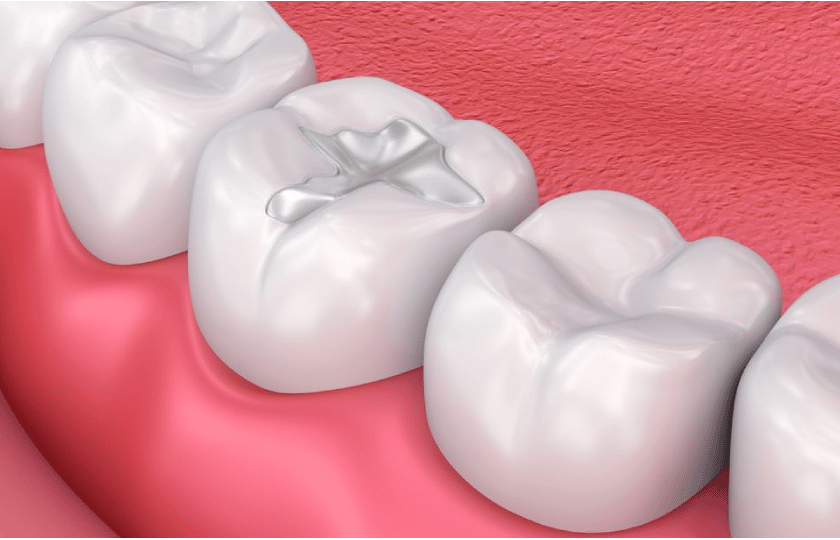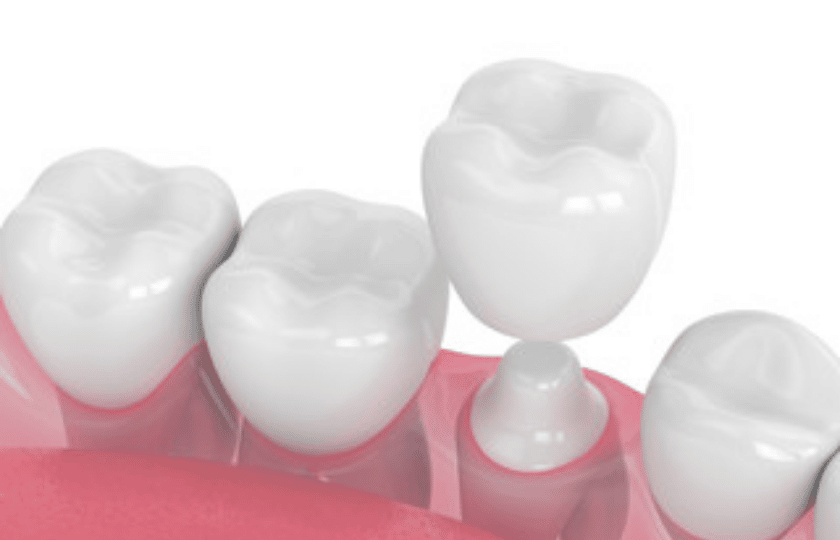Top Family, Cosmetic and Implant Center In 537 Amherst St, Nashua, NH 03063
7 ways to enrich your smile with restorative dentistry

Restorative dentistry, as the name suggests, is primarily focused on repairing and replacing damaged or missing teeth. This dentistry plays a crucial role in enhancing overall oral health and functionality. Some of the most common dental restorations include fillings, crowns, Inlays/Onlays, root canals, bridges, implants, and dentures.
What is restorative dentistry?
A person’s teeth may be lost or missing due to various reasons, such as tooth loss due to infection, a tooth getting knocked out while playing contact sports, or a tooth may get lost due to a sudden fall or accident. Some may have severely damaged teeth due to infection, tooth decay, etc. If you are facing such a scenario, it falls under restorative dentistry, in which a dentist repairs the damaged tooth to restore its functionality or replaces a missing tooth with a prosthetic tooth to restore normal functionality. General dentists perform dental treatments that come under restorative dentistry.
What are the reasons for restorative dentistry?
Consulting a restorative dentist may become a necessity if the person has a missing tooth, damaged tooth, or a broken tooth so that the speaking, chewing, and eating ability is restored for the person suffering from it. Restorative dental procedure is important in ensuring long-lasting oral health. The dentist repairs or replaces the damaged or missing teeth by carefully evaluating the patient’s dental condition before choosing the right treatment that can produce the best results for the person. Even though restorative dentistry focuses on the oral health of the patient, unlike cosmetic dentistry, which focuses more on improving the aesthetics of teeth, some procedures, such as crowns, not only restore the functionality of teeth but also improve the aesthetics of teeth.
What are the common procedures of restorative dentistry?
Depending on your unique oral health requirements, restorative dentistry procedures can be broadly classified into the following as mentioned below.
Fillings
If you have developed cavities due to poor oral hygiene, then dental fillings are the right solution if the cavity is smaller in size. The dentist Nashua will remove the decayed portion within the tooth before filling the hole with a tooth-colored composite material. Thus it reduces the risk of further tooth damage due to tooth decay.
Crowns
Dental crowns are used for repairing either broken teeth or for repairing teeth having large cavities. Shaped like a cap, it fits perfectly over the entire tooth. For placing a crown, teeth alteration may be required to achieve the perfect fit.
Inlays and Onlays
It may be required during scenarios where cavities are too big for a filling and too small for a crown. The dentist fits it perfectly by permanently bonding it in place after careful dental evaluation. An inlay fills the area between the cusps of the teeth. Onlays covers at least one cusp.
Root canal therapy
At times, the cavities go so deep that the pulp of the teeth is impacted by the bacteria, thus causing a painful infection. The dentist removes the tooth’s diseased pulp, nerves, and blood vessels. It will then be thoroughly cleaned and disinfected. Then the canals are filled with a material called gutta-percha. A filling will then be applied to seal the tooth and further prevent the entry of bacteria. The dentist may recommend a dental crown, too, to provide the weakened teeth with additional strength and support.
Bridges
Dental bridges can be used to replace not only a single tooth but also a row of missing teeth. They are artificial teeth that consist of dental crowns on both sides. The bridge will then be bonded to the teeth after preparation. The crowns are placed over your natural teeth, and the prosthetic teeth fill the gap between them.
Dental Implants
It is a tiny threaded post that replaces a missing tooth root. Once a dental crown is placed over the implant, it feels and functions like a natural tooth. Even bridges and dentures can also be used as an alternative for crowns. Since implants do not require alteration of the natural teeth, it is one of the most preferred choices for replacing missing teeth.
Dentures
For one or more missing teeth, partial dentures can be used as a replacement, whereas full dentures could be the right choice for a row of missing teeth.
How beneficial is restorative dentistry for your oral health?
- Enhances eating and speaking functionality.
- Eliminate jaw pain through equal distribution of the bite force.
- Prevents the teeth from shifting towards the gap caused due to the missing teeth.
- Ensures better bite and chewing through properly aligning the bite.
This blog has discussed restorative dentistry, its importance, various procedures, and its immense benefits. So if you need a repair or replacement of your damaged or missing teeth, then restorative dentistry is the right choice.




